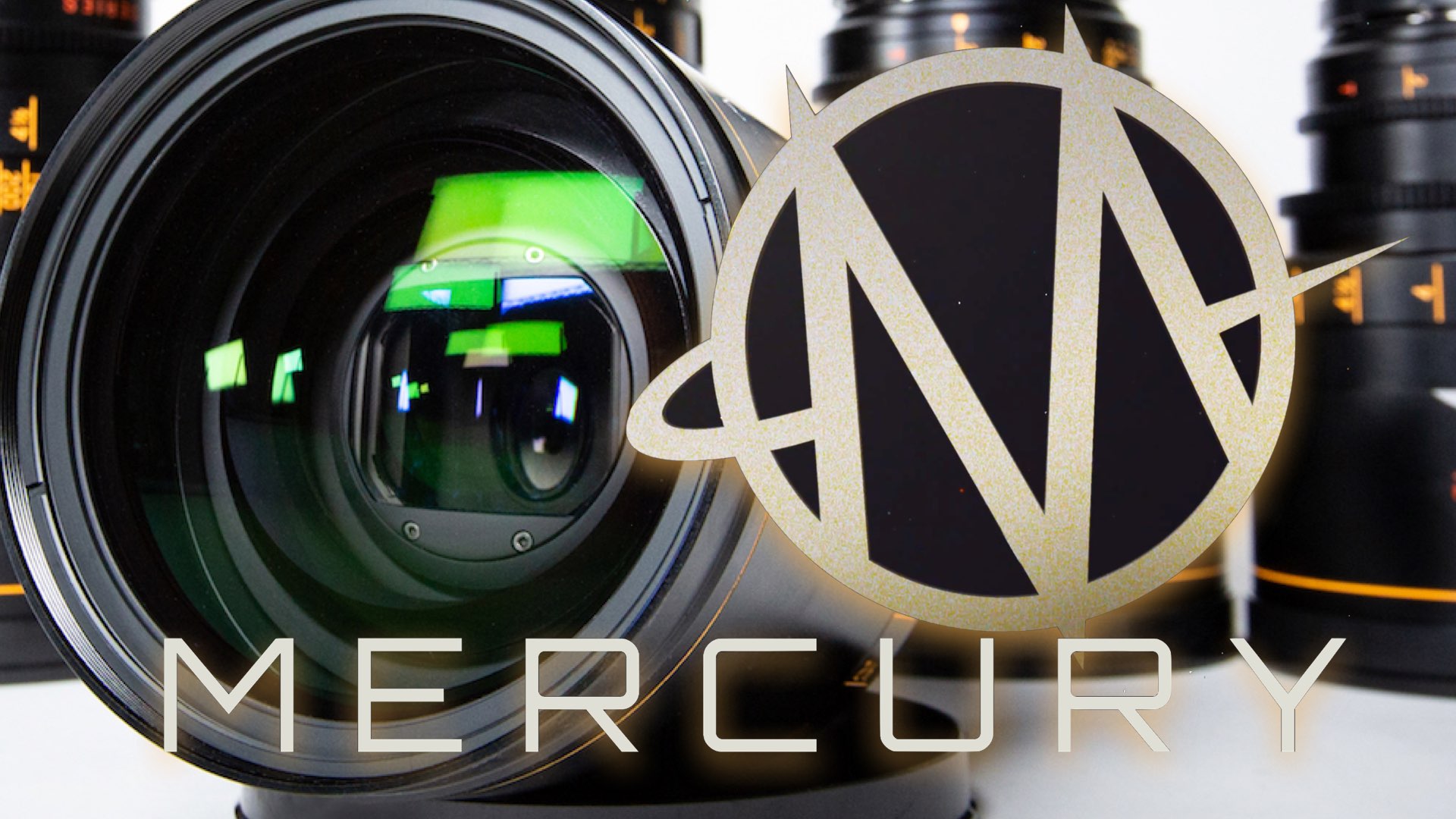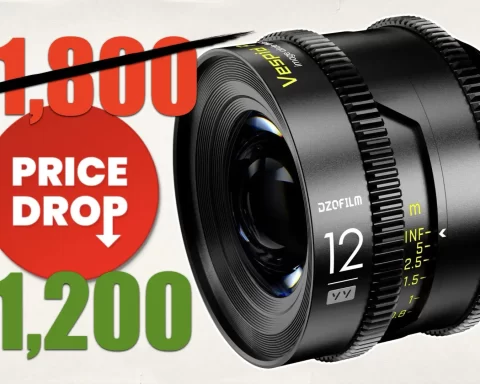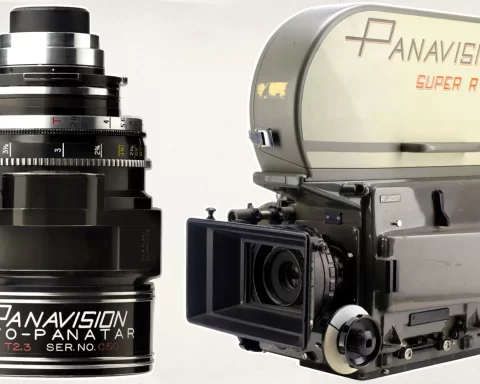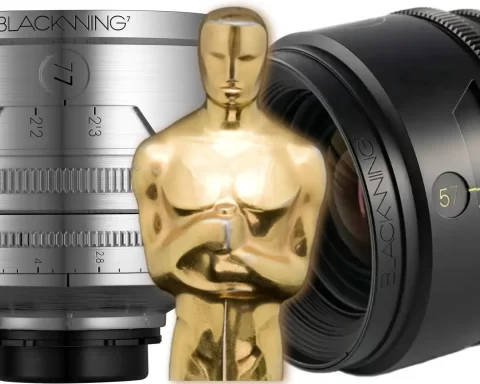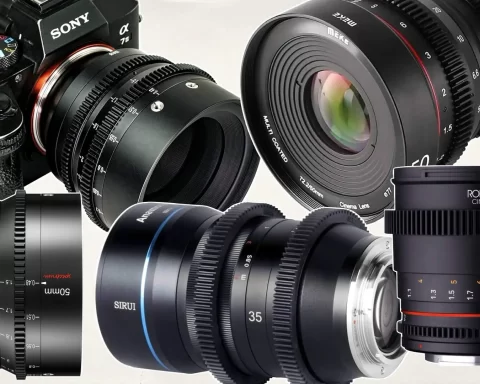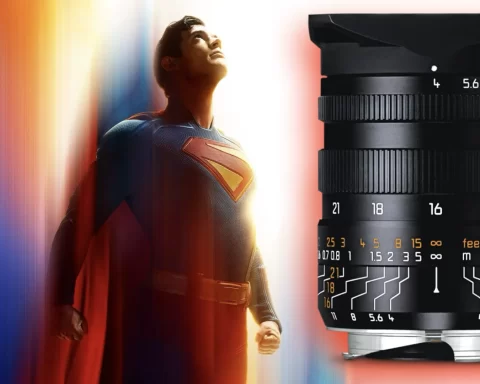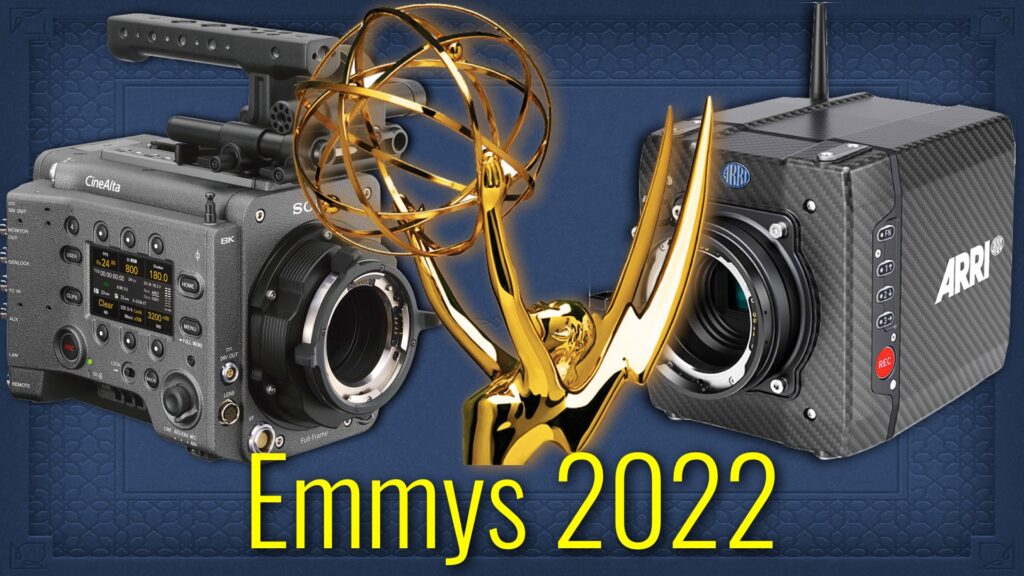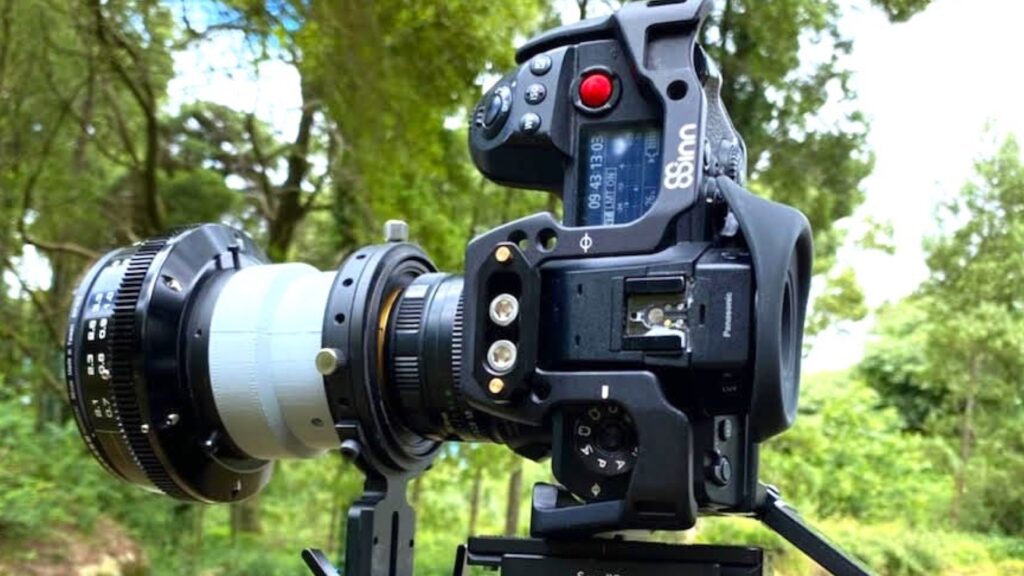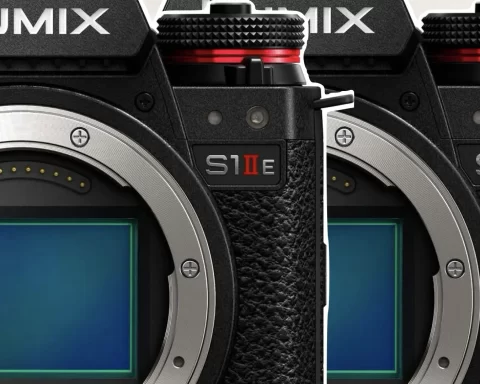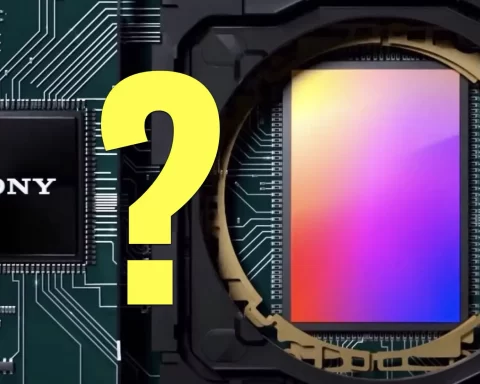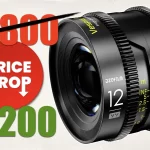Atlas has shared a teaser regarding its new lens series titled Mercury. The official introduction is set for the beginning of September. Although the teaser is not revealing much, we think we can guess what kind of anamorphic it will be.

“High-performance cinema lenses”
Atlas was known for the slogan: “Anamorphic for all”, or “Anamorphic for the masses” due to the relatively affordable prices. But it was only at the beginning when Orion was first introduced. Since then, the prices went up. Nowadays, Atlas considers itself a company that specializes in high-performance cinema anamorphic lenses. And indeed, this title is very well deserved. As for today, you have the following options when purchasing the Atlas lenses via their website:
- 100mm Orion Series Anamorphic Prime: $9,000 USD.
- 80mm Orion Series Anamorphic Prime: $9,000 USD.
- 65mm Orion Series Anamorphic Prime: $9,000 USD.
- 50mm Orion Series Anamorphic Prime: $9,000 USD.
- 40mm Orion Series Anamorphic Prime: $9,000 USD
- 32mm Orion Series Anamorphic Prime: $10,000 USD
- 25mm Orion Series Anamorphic Prime: $14,995 USD
- 21mm Orion Series Anamorphic Prime: $14,995 USD
- Orion Series B Set 32/50/80: $27,997 USD
- Orion Series A Set 40/65/100: $26,997 USD
- Orion Series 6-Lens Set: $54,994 USD
- Orion Silver Edition 6-Lens Set: $89,000 USD
Furthermore, there’re options to purchase discounted demo and stock units.

The Mercury series
Recently, Atlas published a video teaser of its upcoming Mercury series. Although there’s no actual lens in the teaser, we’ll try to guess what kind of lens it is. So let’s guess!
- It’s an Anamorphic. Why? Because Atlas specializes in the anamorphic glass. Hard to believe that it will release a spherical series. Moreover, we can notice an oval-distorted bokeh in the close-focus shot. That’s a mark for an anamorphic lens.
- Full-frame. We believe that the Mercury will be the first full-frame anamorphic series by Atlas. Why do think it’s a FF? Because of the extensive shallow depth of field presented in the teaser.
- 1.5X anamorphic ratio. Why? The first thing noticed in the video is the ‘extended’ ratio as compared to the other 2X of the Orions.
- Close focus capabilities. Atlas lenses suffer from low close focus capabilities (about 2 feet). However, in the teaser, the object seems to be filmed very close.
- Vintage look. Last but not least, a vintage-grained look is shown in the teaser. But let’s take this with a grain of salt since Atlas always puts a lot of grain into its videos.
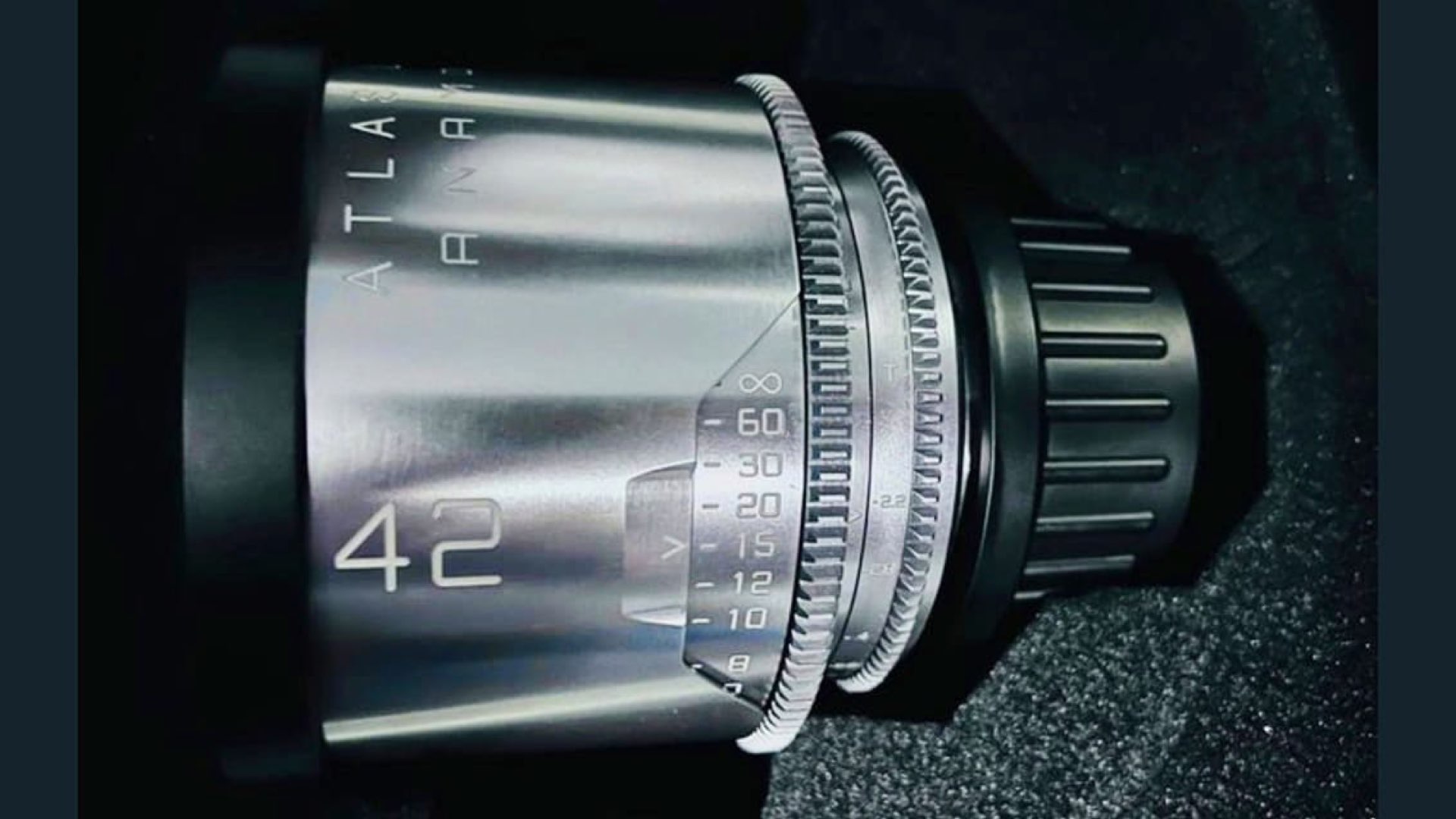
Watch the Mercury teaser below:
Let’s sum it up
If our ‘calculations’ are correct, then the Atlas Mercury upcoming series would be 1.5X Full-Frame Anamorphic with decent close focus capabilities. What do you think? Take a bet!

